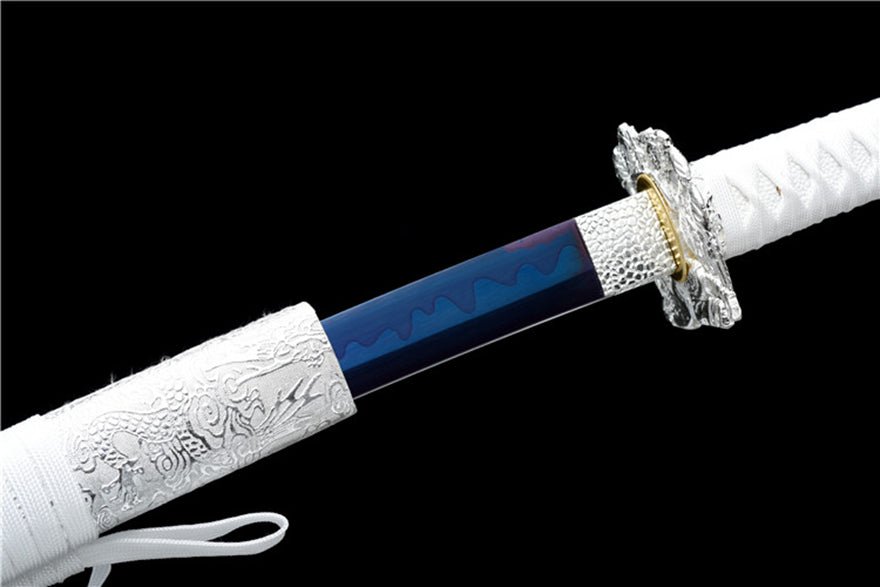Bizen Osafune: Master Swordsmith of Japan
In the annals of Japanese sword making, few names are as illustrious as Bizen Osafune. Hailing from the Bizen province, this legendary swordsmith and his school produced some of the most exquisite and sought-after swords in Japanese history. The craftsmanship, innovation, and aesthetic beauty of Bizen Osafune's work have earned him a revered place among the greats in the world of katana.
The Bizen Province and Its Legacy
The Bizen province, now part of Okayama Prefecture, was renowned for its sword-making traditions. During the Heian and Kamakura periods, Bizen became a hub for swordsmiths, producing blades that were highly valued for their quality and craftsmanship. The region's natural resources, including high-quality iron sand and abundant water supply, provided ideal conditions for forging exceptional swords.
The Osafune School
The Osafune school, named after the village of Osafune in Bizen, was one of the most prolific and influential sword-making schools in Japanese history. Established in the late Heian period, the school flourished through the Kamakura and Muromachi periods, producing numerous master swordsmiths who carried on the tradition of excellence.
Distinctive Features of Bizen Osafune Blades
Bizen Osafune swords are celebrated for their elegant and functional design. Some of the distinguishing features of these blades include:
- Hamon (Temper Line): The hamon on Bizen Osafune blades often displays a beautiful and intricate pattern, known as choji-midare or clove blossom. This pattern is not only aesthetically pleasing but also indicative of the blade's superior tempering process.
- Hada (Grain Pattern): The grain pattern on Bizen Osafune swords is typically well-defined and resembles the texture of fine wood. This is achieved through meticulous folding and forging techniques that enhance the blade's strength and flexibility.
- Kissaki (Tip): The tip of a Bizen Osafune blade is usually long and gracefully curved, contributing to the sword's cutting efficiency and overall balance.
Notable Swordsmiths of the Osafune School
The Osafune school produced many renowned swordsmiths, each contributing to the legacy of Bizen Osafune. Some of the most notable include:
- Osafune Mitsutada: Known for his exceptional skill and innovation, Mitsutada's blades are highly prized by collectors and historians alike.
- Osafune Nagamitsu: A prolific and influential swordsmith, Nagamitsu's works are characterized by their perfect balance of beauty and functionality.
- Osafune Kagemitsu: Celebrated for his masterful techniques and exquisite hamon patterns, Kagemitsu's swords are considered masterpieces of the craft.
The Enduring Appeal of Bizen Osafune Swords
Today, Bizen Osafune swords continue to be revered by sword enthusiasts, collectors, and historians. The blades' exceptional craftsmanship, combined with their historical significance, make them highly sought after in the world of Japanese swords. Owning a Bizen Osafune blade is considered a testament to one's appreciation for the art and history of Japanese sword making.
Conclusion
The legacy of Bizen Osafune is a shining example of the heights that Japanese swordsmithing can achieve. His contributions to the craft have left an indelible mark on the history of the katana, influencing generations of swordsmiths and captivating the hearts of collectors around the world. For those who admire the perfect blend of art and functionality in Japanese swords, Bizen Osafune represents the pinnacle of excellence.
The Katana Nightshade is made from high-quality manganese steel, a material renowned for its exceptional strength and resistance to wear. The addition of blue blade coloring enhances its visual appeal, making it a true work of art.

